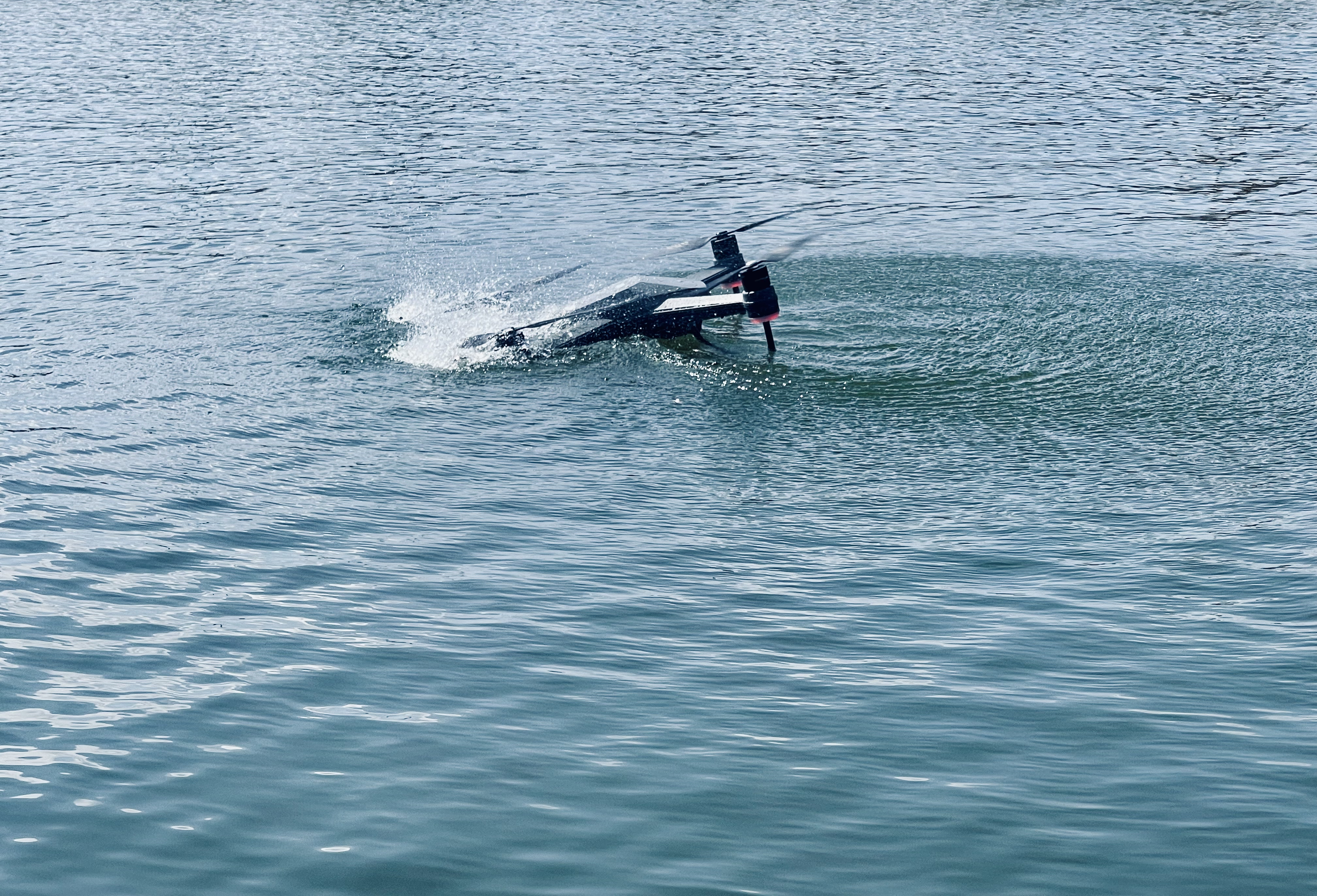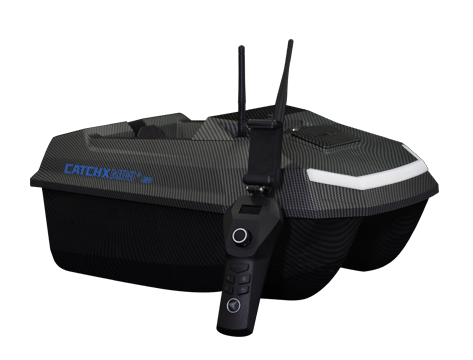Want to Try Drone Fishing? You Need to Do This
Drone fishing has become increasingly popular among anglers in recent years. This innovative technique allows anglers to get a bird's-eye view of the water and can help them locate fish more easily. However, before you jump into drone fishing, there are a few things you need to do to ensure you have a successful experience. In this article, we will explore some tips for drone fishing and the importance of using a waterproof fishing drone.
Tips for use fishing drone
Drone fishing requires a little bit of practice and patience, but with the right techniques, you can make the most of your experience. Here are some tips to help you get started:
Choose the right drone
When choosing a drone for fishing, you want to make sure it has a good camera and can withstand exposure to water. Look for a waterproof fishing drone with an IP rating of at least IP66, which means it can withstand powerful water jets from any direction.
Learn how to fly your drone
Before you take your drone out on the water, spend some time practicing flying it. This will help you get comfortable with the controls and make it easier to maneuver the drone while fishing.
Use a fishing line release mechanism
To use your drone for fishing, you will need a fishing line release mechanism. This will allow you to drop your bait or lure in the water.
Scout out the fishing location
Before you start fishing, use your drone to scout out the location. Look for areas where fish are likely to be, such as near structures or schools of baitfish.
Importance of using a waterproof fishing drone

Using a waterproof fishing drone is crucial for successful drone fishing. Not only does it protect your drone from water damage, but it also allows you to fish in wet conditions. A waterproof fishing drone typically has an IP rating of at least IP66, which means it can withstand exposure to water and even submersion in water for short periods of time.
In addition to protecting your drone, a waterproof fishing drone also allows you to get closer to the water without worrying about damaging your equipment. This can give you a better view of the water and help you locate fish more easily.
It is also important to note that using a waterproof fishing drone is safer than using a non-waterproof drone. If a non-waterproof drone crashes into the water, it can pose a hazard to wildlife and the environment. A waterproof drone, on the other hand, is designed to withstand exposure to water and is less likely to cause damage if it crashes into the water.
In conclusion, drone fishing can be a fun and exciting way to catch fish. However, before you jump into drone fishing, it is important to follow the tips outlined in this article and use a waterproof fishing drone. With the right equipment and techniques, you can take your fishing game to the next level and capture stunning aerial footage of your catches. Remember to always prioritize safety and respect for the environment when drone fishing.























